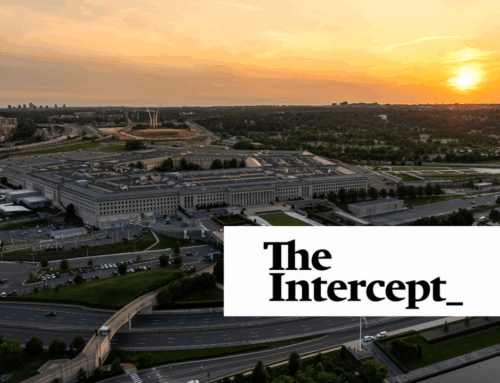The House Committee on Oversight and Government Reform held a hearing Tuesday on the future of the V-22 Osprey, an aircraft with a troubled development history that includes enormous cost overruns, operational shortcomings, and dozens of fatalities. Chairman Edolphus Towns (D-NY) called the hearing to address issues raised in the Government Accountabilty Office’s new report on the Osprey’s Iraq deployment.
Lawmakers were united in their frustration with the problematic program. Rep. John Tierney (D-MA) lamented that “politics have overtaken budgetary and technical realities,” citing the common practice of spreading defense projects across many states to garner political support. Rep. Elijah Cummings (D-MA) outlined three objectives: To “get what we bargained for; do the troops no harm; and make sure it’s what they need to carry out their mission. The V-22 appears to have failed all three.” Ranking Member Darrell Issa (R-CA), the only member to voice support for the project, acknowledged Congressional history of buying “aircraft that let us down.”
Lt. Gen. George Trautman, Marine Deputy Commandant for Aviation, defended the V-22 as “not just a nice aircraft” but “a crucial critical necessity” because of its ability to” carry three times the marines five times further twice as fast.” However, retired Air Force pilot Dr. A.R. Rivolo repeatedly highlighted the Osprey's problems at high-density altitudes, an issue in Afghanistan, asserting that as a combat aircraft the Osprey is “unproven in realistic conditions.”
Dakota Wood of the Center for Strategic and Budgetary Assessment (CSBA) questioned the Marine Corps’ plan to replace all its medium-lift helicopters with the V-22. “A mixed fleet provides more options and greater flexibility at a lower cost,” he said, a proposal echoed by the GAO. Other problems highlighted in the GAO report:
- While the military requires an 82% availability rate, the Osprey’s is only 57-68%
- 13 high-demand parts lasted less than 30% of their expected life
- Research and development costs have tripled from $4.2 to $12.7 billion
- Procurement costs have increased by $8.2 billion to $93.4 million per copy, despite halving the number of aicraft procured
- Cost per flight hour exceeds $11,000, more than double the target estimate
- Estimated life-cycle cost is now up to $75 billion
In his closing remarks , Chairman Towns called for a production halt, citing cost, operational and safety deficiencies. “It’s time to put the taxpayers out of their misery,” he said.










